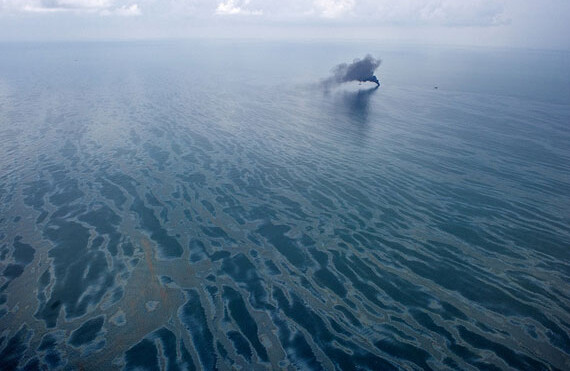Bio
Dr. Mark Z. Jacobson is a professor of civil and environmental engineering at Stanford University and director of the Atmosphere/Energy Program. The main goal of Jacobson's research is to better understand physical, chemical, and dynamical processes in the atmosphere in order to address atmospheric problems, such as climate change and urban air pollution, with improved scientific insight and more accurate predictive tools. He also evaluates the atmospheric effects of proposed solutions to climate change and air pollution, examines resource availability of renewable energies, and studies optimal methods of combining renewables.
To accomplish many of these goals, he has developed and applied numerical solvers to simulate gas, aerosol, cloud, radiative, and land/ocean-surface processes. In 1993–4, he developed the world's first combined gas-aerosol-radiative air-pollution model with interactive feedback to weather on any scale, and, in 2001, the first nested global-through-urban air-pollution-weather-climate model. In 2000, he discovered that black carbon, the main component of soot particles, may be the second-leading cause of global warming in terms of radiative forcing after carbon dioxide. This finding provided the original scientific basis for proposed U.S. laws H.R. 1760 (Black Carbon Emissions Reduction Act of 2009, March 26, 2009), H.R. 7250 (Arctic Climate Preservation Act, Oct. 2, 2008), S.R. 110-489 (Black Carbon Research Bill, Sept. 17, 2008), and S.849.IS (Bill to Require the EPA to Study Black Carbon, April 22, 2009).
His findings that carbon dioxide domes over cities and carbon dioxide buildup since preindustrial times have enhanced air pollution mortality through its feedback to particles and ozone served as a scientific basis for the Environmental Protection Agency's approval of the first regulation of carbon dioxide from vehicles in the United States (the California waiver). He has also studied the effects of aerosols on ultraviolet radiation, the effects of aerosol mixing state on atmospheric heating, the effects of biomass burning on climate, the effect of hydrogen fuel cell vehicles on air pollution and the ozone layer, the effects of aerosols on winds and precipitation, the effects of ethanol and diesel vehicles on air quality, and the effects of agriculture on air pollution.
His group's development of the world's first wind map based on data at the height of modern wind turbines has served as a scientific justification for the wind component of the Repower America and Pickens Plan energy proposals. To date, he has published two textbooks and 95 peer-reviewed journal articles. Several hundred researchers have used computer models that he has developed.
In 2005, he received the American Meteorological Society Henry G. Houghton Award for ""significant contributions to modeling aerosol chemistry and to understanding the role of soot and other carbon particles on climate."" His paper on the ""Effects of ethanol versus gasoline on cancer and mortality in the United States"" was the top-accessed article in Environmental Science and Technology for April–September, 2007. His ""Review of energy solutions to global warming, air pollution, and energy security"" was the top-accessed paper during March 2009 from Energy and Environmental Sciences, and his paper on the ""Influence of future anthropogenic emissions on climate, natural emissions, and air quality"" was the top-accessed paper during May 2009 among all Journal of Geophysical Research journals.
Featured Work

JUL 19, 2010 • Article
Policy Innovations Digital Magazine (2006-2016): Innovations: Declaration of Support for an Efficient Renewable Energy Future
Fossil fuel business as usual courts ecological catastrophe, resource wars, failed states, and mass migration of the desperate. Ten prominent clean energy analysts, researchers, and ...